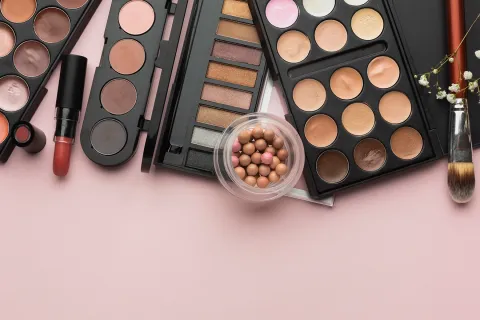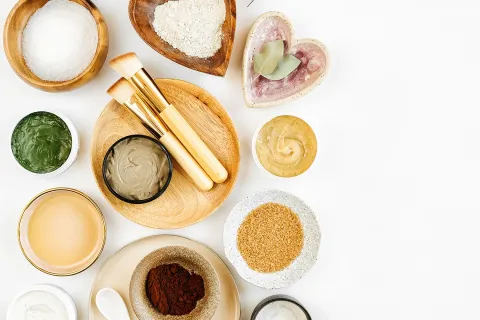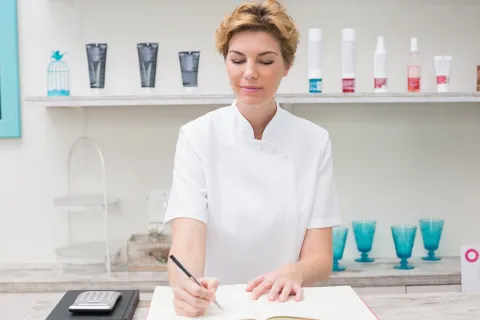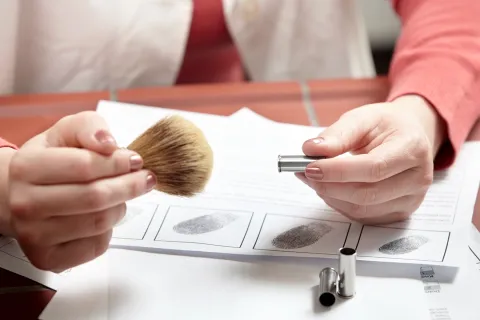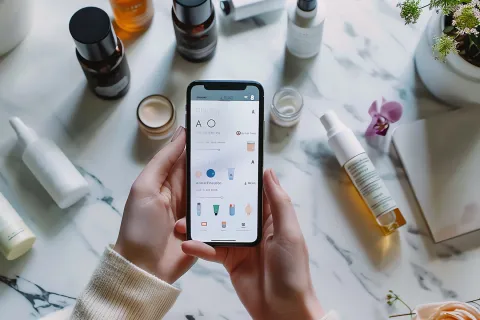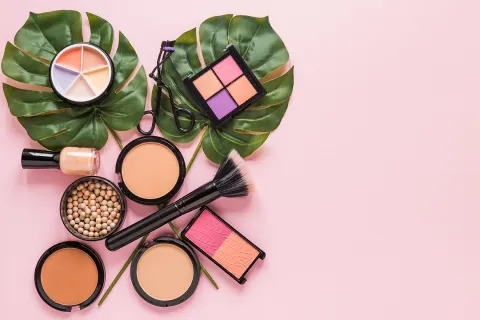Japan, being one of the most affluent nations in Asia, has witnessed tremendous growth in its cosmetic market. It is the third-largest cosmetic market in the world. Japanese consumers are sophisticated and well-informed about products and formulations with respect to cosmetics. Natural and organic ingredients are in huge demand in the market, which drives manufacturers to launch products with natural/ clean product labels. However, manufacturers must be aware of the Regulatory pathways before launching any cosmetic product in Japan.
The Japanese Cosmetics Regulatory Framework
Cosmetic products are regulated by the Ministry of Health, Labour, and Welfare (MHLW) under the Pharmaceutical and Medical Devices (PMD) Act. The MHLW, which is the public Health Authority (HA) in Japan, approves quasi-drug applications, accepts cosmetics notifications, monitors their adverse effect reports, and makes inspections of company premises.
Definition of Cosmetics in Japan
In Japan, cosmetics are considered to be “Substances which possess mild actions and can be applied to the human body by sprinkling, rubbing, or similar methods for the purpose of cleaning, beautifying themselves, and for altering the appearance for keeping the hair and skin in good condition.”
Let us now look at an overview of cosmetic products’ classification and their marketing process in Japan.
Categorization of Cosmetics in Japan
In Japan, cosmetics are classified into two (02) main categories, which are:
- General Cosmetics
- Quasi-drugs
Manufacturers and importers are required to complete the respective Regulatory processes for their cosmetic products and apply for marketing approval based on the product category.
Each of the two main cosmetic categories mentioned above, general cosmetics and quasi-drugs, is further divided into sub-categories, as mentioned below in Table 1.-
Table 1: Sub-categories of General Cosmetics and Quasi-drugs
General Cosmetics | Quasi-drugs |
Perfumes and Eau de Colognes | Acne Treatment Products |
Makeup Products | Skin-whitening Products |
Skincare Products | Anti-dandruff Products |
Haircare Products | Sunscreens |
Though the difference between general cosmetics and quasi-drugs may apparently seem unclear, the primary difference is in their composition since, unlike general cosmetics, quasi-drugs have active ingredients.
The ingredients used to formulate cosmetics and quasi-drugs should comply with the standards set by the MHLW. The regulations monitoring each category can differ slightly, but the requirements are stringent for quasi-drugs.
Some Points to Consider to Market your Cosmetics Product in Japan:
- Prior to registration, ingredient analysis is required to ensure the safety of cosmetics and quasi-drugs, as well as the efficacy of the latter.
- The Regulatory process differs for cosmetics and quasi-drugs.
- For cosmetics, before manufacturers and importers enter the market and sell the product, they must submit a notification after they obtain the Marketing Authorization Holder (MAH) license.
- The MAH must have in place a local entity or a local representative. It is responsible for imported cosmetics in Japan.
- Labeling is implemented according to the PMD Act and other relevant regulations and standards. Also, labels should be expressed mandatorily in the local language (Japanese).
Considering the increase in demand for cosmetic products in Japan, manufacturers entering the Japanese market must be vigilant while decoding cosmetic product regulations to avoid any last-minute challenges. Hence, consulting a regional Regulatory expert like Freyr is highly advised.

